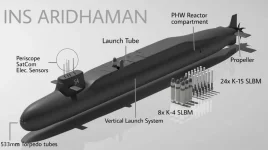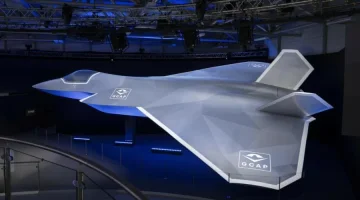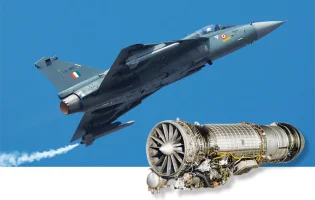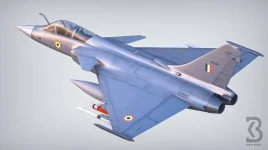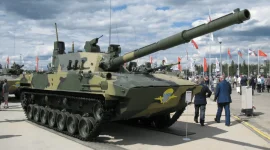India is preparing for a major expansion of its space-based military capabilities with plans to launch 52 satellites specifically designed for intelligence gathering, surveillance, and reconnaissance (ISR).
This ambitious initiative was announced by Chief of Defence Staff (CDS) General Anil Chauhan at the recent Indian DefSpace Symposium in New Delhi. The event, organized by the Indian Space Association (ISpA), gathered experts from the armed forces, the space industry, and government to discuss India's increasing focus on space for national security.
General Chauhan also noted that a formal military space doctrine, outlining the strategic use of space assets by the armed forces, is nearing completion and expected within the next three months. This policy document represents a significant development in India's approach to space as a domain vital for national defence.
The plan to deploy 52 dedicated ISR satellites highlights India's recognition of space as essential for modern security challenges. These assets, to be developed through collaboration between the Indian Space Research Organisation (ISRO) and private sector companies, aim to substantially improve the Indian military's capacity to monitor activities, track movements, and gather crucial intelligence along its borders and in regions of strategic interest.
"Space is the ultimate high ground, and we are looking at launching 52 satellites for the purpose of intelligence gathering, reconnaissance, and surveillance," General Chauhan stated during the symposium. He stressed that partnerships between the public and private sectors are crucial for realising this goal, reflecting the government's wider policy of encouraging private industry participation in the space sector, from satellite manufacturing to launch services.
It is anticipated that these 52 satellites will operate in various orbits, such as Low Earth Orbit (LEO), Medium Earth Orbit (MEO), and potentially Geostationary Orbit (GEO), to ensure wide-ranging and persistent coverage.
Equipped with advanced sensors, high-definition imaging technology, and possibly synthetic aperture radar (SAR) for all-weather, day-and-night operation, these satellites will significantly enhance India's ability to oversee its frontiers with neighbours like China and Pakistan, monitor maritime movements in the Indian Ocean Region, and counter new threats.
Alongside the satellite program, the forthcoming military space doctrine will provide a crucial framework for India's defence forces. It will define how space-based assets are integrated into joint military operations, guide the activities of the Defence Space Agency (DSA), and address the development of capabilities to protect Indian assets from potential adversaries in space.
Establishing this doctrine is a key step in formally integrating space into India's warfighting strategy. It will offer clear guidelines on leveraging space for both strategic advantage and tactical support. Furthermore, the doctrine is expected to tackle emerging challenges such as anti-satellite (ASAT) weapons, the hazards of space debris, and electronic warfare threats, ensuring the security and functionality of India's space infrastructure in a potentially contested environment.
This focus on a formal space doctrine follows India's successful demonstration of an anti-satellite (ASAT) capability with Mission Shakti in March 2019. That test, which involved destroying a satellite in LEO, positioned India among a select group of nations (including the US, Russia, and China) with proven ASAT technology. The new doctrine will likely build on this capability, setting a course for developing both defensive measures, like satellite protection and space situational awareness (SSA), and potentially offensive space capabilities.
Reflecting on technological advancements, former Air Force Chief, Air Chief Marshal VR Chaudhari (retd), told the symposium, “Satellites are shrinking in size but growing in capability. We are witnessing a strategic shift from large satellites to proliferated and resilient constellations across multiple orbits.”
This global trend towards smaller, more numerous satellites, often weighing under 500 kg, is facilitated by progress in miniaturisation and related technologies. Such satellites are generally less expensive to produce and launch, allowing for the deployment of large constellations. These constellations offer increased resilience; if one satellite fails or is targeted, others can maintain operational continuity, ensuring consistent ISR coverage.
Deploying extensive satellite constellations also boosts India's capacity for near real-time monitoring of evolving situations. A network of satellites in LEO, for example, can provide frequent revisits over specific locations, enabling precise tracking of troop movements or naval deployments. This capability is particularly relevant given the strategic competition in the region, including China's significant investments in its own space-based surveillance systems.


